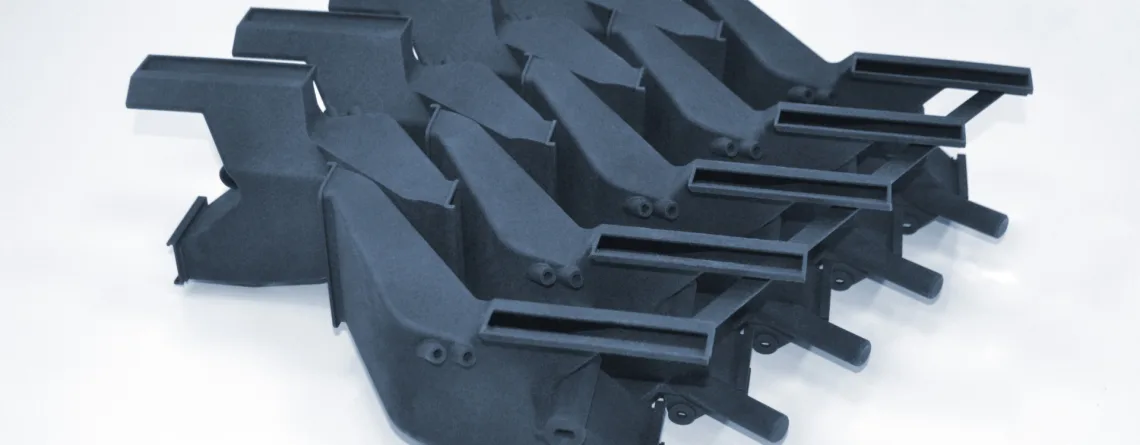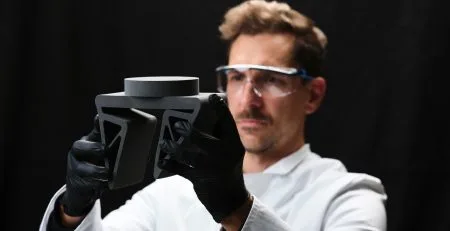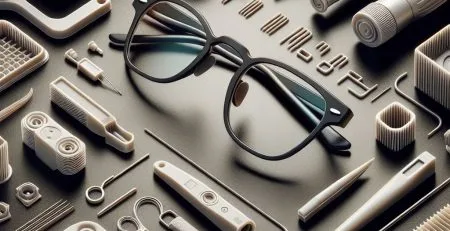A Guide to Contract Additive Manufacturing for Bridge Production
That in-between stage is where many companies find themselves today: needing production-quality parts in small quantities to validate designs, test the market, or meet early demand without overcommitting. This is where bridge production plays a critical role. Contract additive manufacturers, like Endeavor 3D, can help companies bridge the gap between prototyping and production — offering technical support, flexibility, and scalability.
The Shift Toward Bridge Production
The reality is, 42% of startups fail because there’s no market need—not due to technical failure, but because the product didn’t resonate with users. This is driving a shift in how companies approach product development. For much of the last century, mass production dominated the manufacturing landscape—built on the principle of standardization and scale. However, that model was designed for stable, long-term demand, not for today’s fast-moving, feedback-driven markets.
Instead of jumping straight to mass production, businesses are increasingly turning to low-volume production to validate product-market fit and gather real-world feedback. In this approach, small batch manufacturing isn’t just a stopgap; it’s a strategic tool that helps teams iterate quickly and prove value before scaling.
The medical device industry is a prime example of why efficient low-volume production matters. New product development in this space is highly iterative and heavily regulated, requiring extensive usability testing, clinical trials, and early adopter feedback before a product shifts to full-scale manufacturing. Producing small batches, ranging from tens to a few hundred units, allows teams to validate device performance in real-world settings.
Challenges Facing Low-Volume Production
1. High Tooling and Setup Costs
2. Operational Complexity
3. Maintaining Quality Control
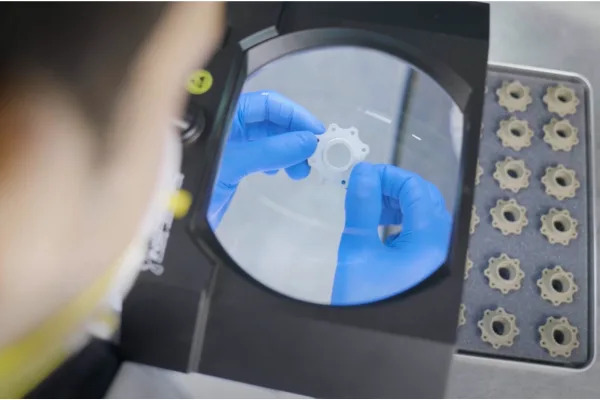
How Contract Additive Manufacturing Solves the Low-Volume Challenge
1. Elimination of Upfront Capital Expenditures and Tooling
Additive manufacturing bypasses this barrier by offering zero-tooling setup. By removing the need for physical setup, production can start immediately from a digital file —no mold creation, tooling, and no capital locked into assets that may quickly become obsolete.
Beyond tooling, low-volume production also places significant pressure on operational infrastructure. Establishing an in-house capability means more than just buying a printer. It involves material inventory management, process validation protocols, skilled labor, a temperature-controlled facility, and much more. These are long-term investments that introduce cost and complexity at a stage when businesses need flexibility the most.
Partnering with a contract additive manufacturer, like Endeavor 3D, offloads this burden entirely. Companies gain access to a full-scale production ecosystem—industrial-grade additive technologies, advanced finishing and dyeing, quality assurance, and expert advice —without capital expenditures or long-term overhead. This frees internal teams to focus on launch readiness, early customer feedback, and go-to-market strategy, rather than managing machinery, maintenance, and throughput.
2. A One-Stop Shop
Working with a contract additive manufacturer that offers end-to-end services can be a game-changer. At Endeavor 3D, we offer services including:
- 2D file to 3D Model Conversion
- DfAM (Design for Additive Manufacturing) Consulting
- Rapid Prototyping
- Production Manufacturing
- Advanced Finishing & Custom Coloring
- Quality Assurance
- Fulfillment
Rather than juggling separate vendors or handoffs, teams can rely on a single contract manufacturing partner with integrated capabilities—ensuring that every phase of the production process is customer-requirement-aligned and quality-controlled from start to finish.
3. Greater Design Agility
Traditionally, every time a part underwent a design change, a company would need to pause for mold rework, fixture redesign, or a costly new setup. This process can take weeks.
As mentioned earlier, because additive manufacturing requires no tooling, design changes can be implemented immediately. Changes are made at a digital level and integrated into the next build cycle. Not only does this streamline design iterations, but it also creates a more organized digital library of changes to better track the progression of the part’s design from concept to production.
When DfAM expertise and production capabilities live under the same roof, it creates a closer feedback loop between design, engineering, and manufacturing. Contract additive manufacturers with in-house design support teams have full visibility into the entire process—from CAD concept to printed part to post-processed component.
Ultimately, the iterative design freedom and synergy between design and engineering that contract additive manufacturers can provide enables companies to move quickly through design validation cycles. This provides a strategic advantage over competitors that are hindered by slow iterative processes.
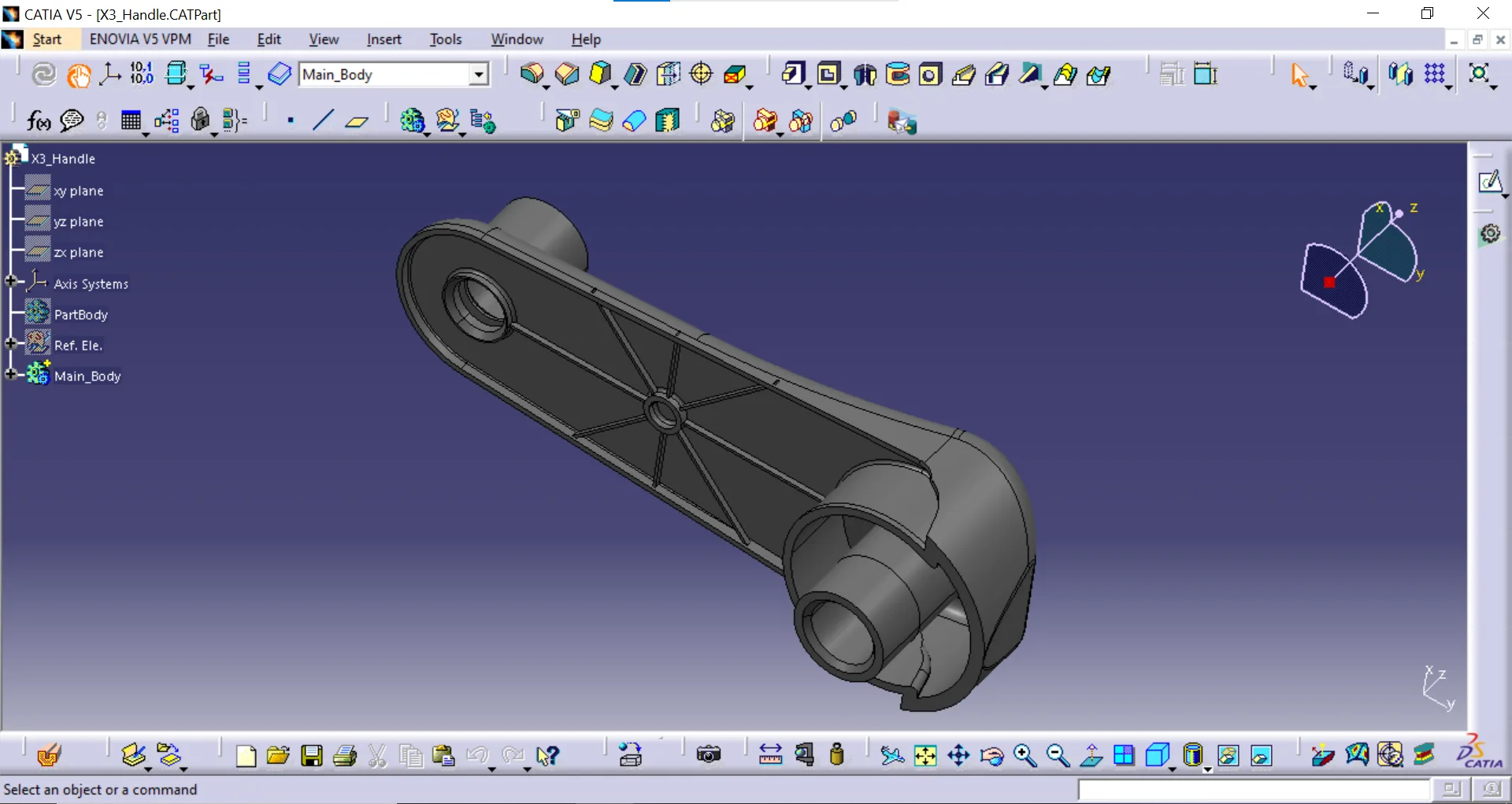
Window door hangle 3D design
What to Look for in a Contract Additive Manufacturing Partner
First and foremost, look for a contract manufacturer who prioritizes transparent communication and feedback. Iteration cycles move quickly in low-volume production, and engineering decisions need to be made with full visibility into print performance, tolerances, material behavior, and post-processing considerations. The best contract manufacturing partners don’t just take orders—they provide engineering insight, production feedback, and real-time collaboration so you can stay confident at every stage.
Secondly, identify technical capability and certification requirements. Additive production at scale requires more than just good machines—it demands process control, quality assurance infrastructure, traceability, and industry-specific expertise. Look for contract manufacturers who are equipped with advanced production platforms, offer end-to-end services, and maintain certifications that align with your market. These are the foundations of repeatable quality and production-grade reliability.
Finally, the right contract additive manufacturer will not only solve your low-volume production challenges—they’ll help you innovate with confidence and scale with clarity.
Contact us to discover how a contract additive manufacturer can help you bridge the gap between prototyping and mass production.

